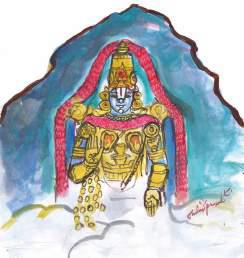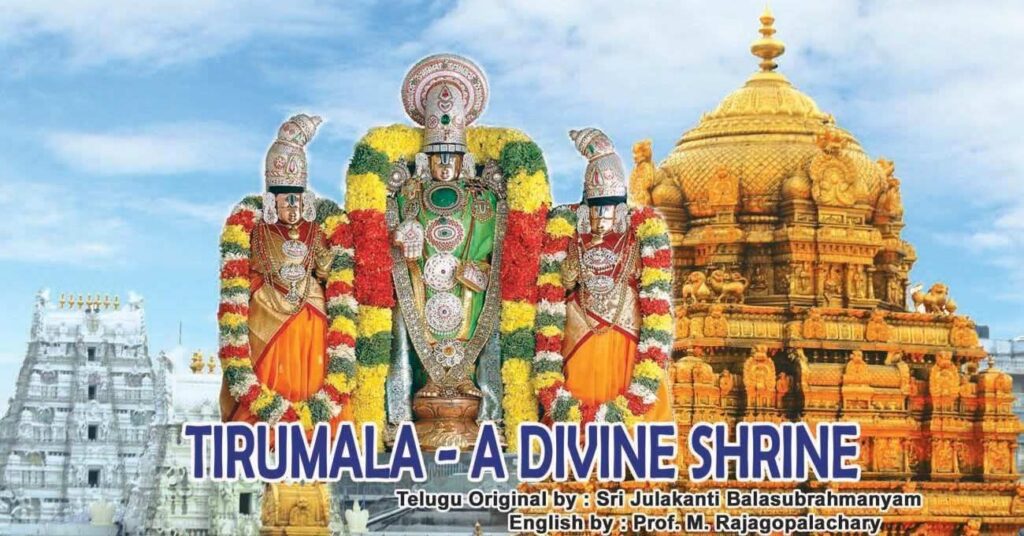4 Names of Venkatachalam Bhavishyottara Purana gives the four names of Venkatachalam. It was mentioned there that for the same hill, different names were given in each Yuga respectively- in Krita Yuga, it was called ‘Vrishabhachalam’, in Treta Yuga it was called ‘Anjanaachalam’, in DwaparaYuga it was called ‘Seshachalam’ and in Kali Yuga, it is Read More
Tag: Pushkaradri
Holy Waterfalls (Theertham) to be visited in Tirumala
Theerthams (Holy Waterfalls) in Tirumala Tirumala shrine is a source of many holy waterfalls (Theertham/ Teertham). These are the sacred places where many sages undertook penance and had a glimpse of the Lord directly. They remove all sorts of sins. Let us try to know about them in brief. Let us visit them, absolve ourselves Read More


